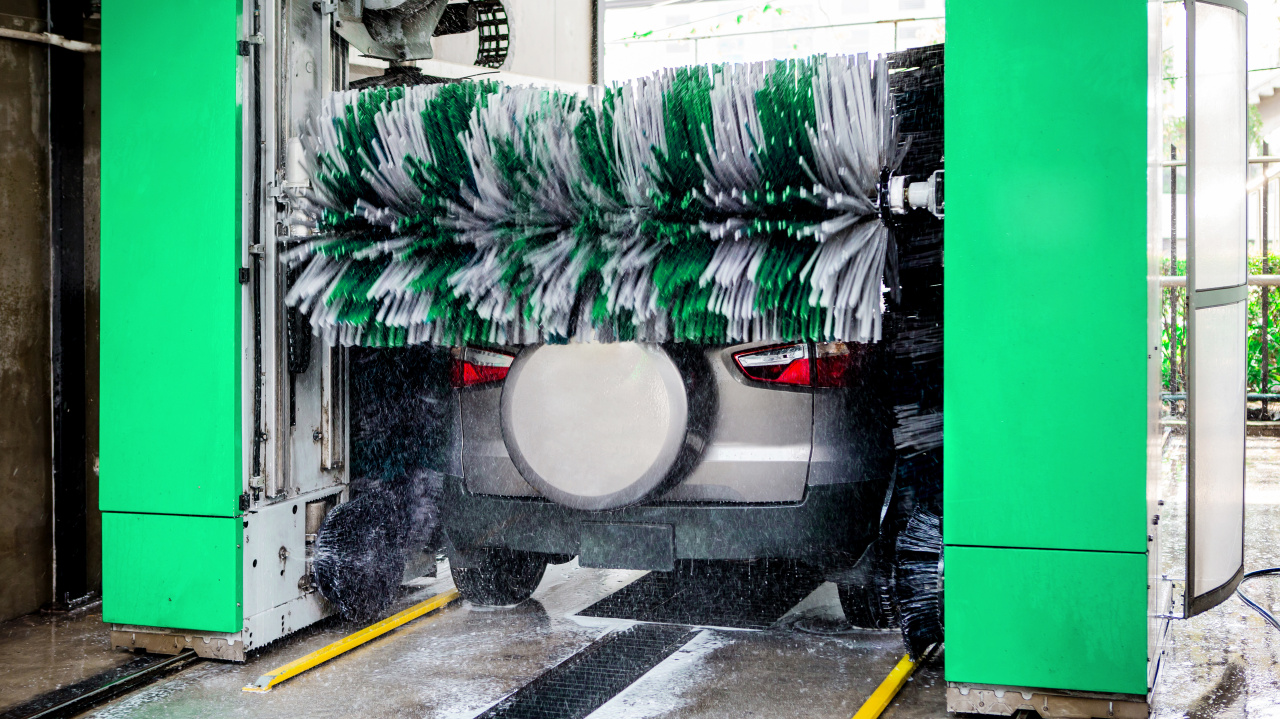In the era of rapid change in manufacturing finance, the concept of Pay-per-Use Equipment Finance is emerging. It is revolutionizing the conventional models of financing and allowing businesses to have unimaginable flexibility. Linxfour is leading the way, using Industrial IoT, to bring an entirely new era of financing, which benefits both equipment operators and manufacturers. We explore the intricate nature of Pay Per Utilization financing and its effect on sales under challenging conditions. For more information, click IFRS16
Pay-per-Use Financing: the Power of It
In the end Pay per use financing for manufacturing equipment is a game-changer. Businesses are no longer required to pay fixed amounts instead, paying according to how the machine is actually employed. Linxfour’s Industrial IoT Integration ensures accurate tracking, transparency, and removes hidden costs or penalties when equipment is not in use. This revolutionary approach increases flexibility when managing cash flow. This is especially crucial during times of fluctuations in demand from customers as well as the low level of revenue.
Business and sales conditions
The overwhelming consensus among equipment manufacturers is testament to the effectiveness of Pay-per-Use financing. In spite of the current economic climate 94% of them believe this method is a smart method to increase sales. The ability to directly connect costs to the use of equipment does not just attract companies that want to reduce their expenses, but also creates an appealing opportunity for manufacturers to provide more attractive financing options to their customers.
Accounting Transformation: From CAPEX to OPEX
Accounting is one of the primary difference between traditional lease and pay-per-use financing. With Pay-per-Use, companies undergo a major shift from capital expenses (CAPEX) to operating expenses (OPEX). This shift has a major impact on the financial reporting. It offers an accurate picture of the costs that are associated with revenue.
Unlocking Off-Balance Sheet Treatment under IFRS16
Pay-per use finance comes with a distinct benefit, since it is considered to be off balance sheet. This is an essential aspect to consider when implementing the International Financial Reporting Standard 16 IFRS16. Businesses can get rid of these obligations through the conversion of equipment financing costs. This reduces financial leverage and minimizes investment hurdles making it appealing to companies seeking an easier financial structure.
Intensifying KPIs and TCO in the event of under-utilization
In addition to off accounting Pay-per-Use models also contribute to improving the performance of key performance indicators (KPIs) such as free cash flow as well as the Total Cost of Ownership (TCO), especially when under-utilization is a factor. When equipment does not meet the expected usage rates traditional lease models could be unsustainable. Businesses can enhance their financial performance by reducing fixed charges on assets underutilized.
Manufacturing Finance: The Future
As businesses struggle to navigate through a complex landscape of economics in rapid change, innovative financing methods like Pay-per use can set the foundation for a more flexible and stable future. Linxfour’s Industrial IoT approach benefits not manufacturers and equipment operators as well, but it also aligns with the trends of businesses looking for affordable and flexible financing solutions.
This is why Pay-per-Use, along with the change in accounting to CAPEX (capital expense) to OPEX (operating expenses) and the off-balance sheet treatment of IFRS16, are significant change in manufacturing financing. Businesses are seeking cost-effectiveness and financial flexibility. Adopting this new finance model is essential to stay ahead of the curve.


